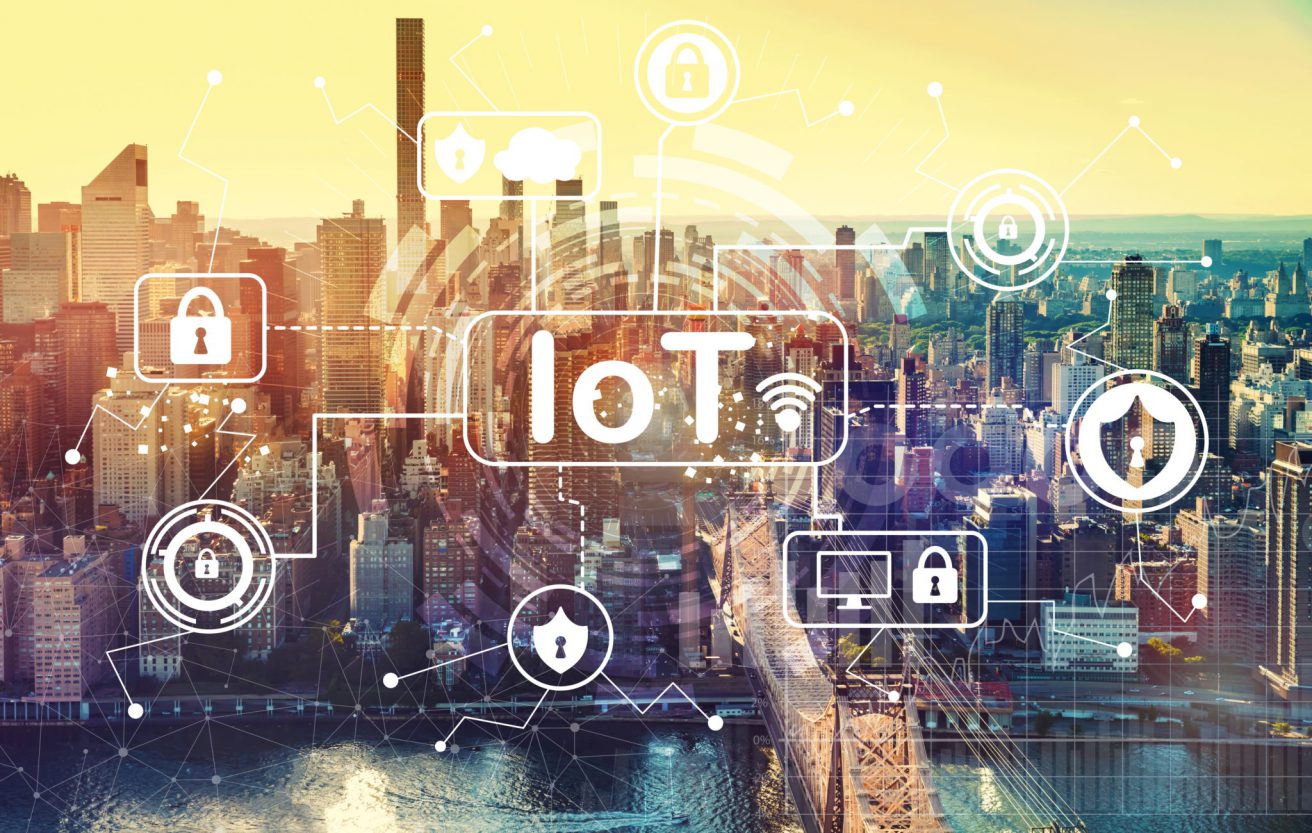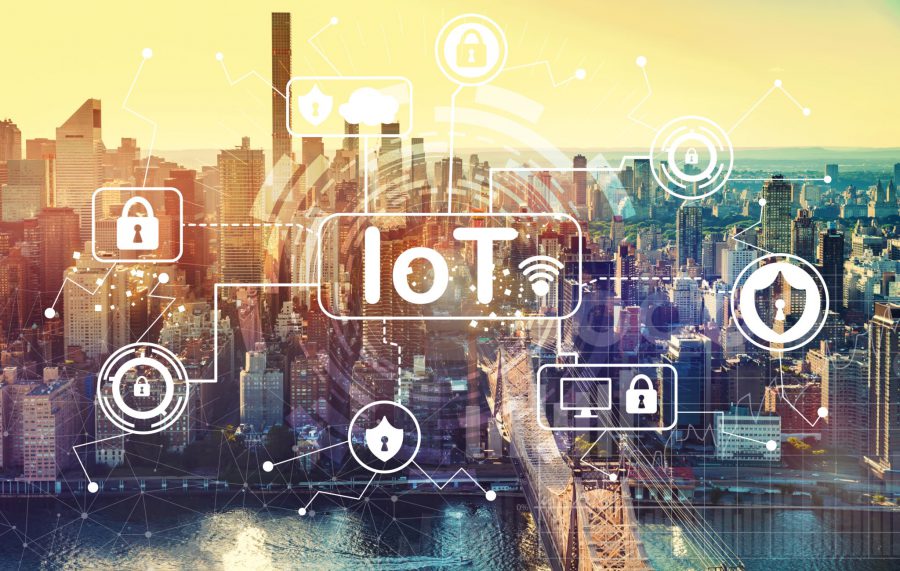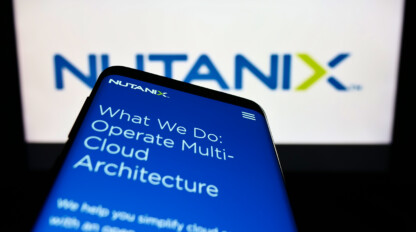IoT and the Future of Cloud Connectivity

The Internet of Things (IoT) has taken hold of the technology industry. In today’s world more and more companies are converting to IoT cloud offerings to deliver services while having vetted 99.99% SLA’s or higher. Taking physical devices out of the picture and converting existing infrastructure to code or cloud service offerings provides:
- Lower Total Cost of Ownership (TCO)
- Higher Reliability
- Faster Offerings of Advanced Technologies

In 2018 Forbes predicted that “more than $1.3T in IT spending will be directly or indirectly affected by the shift to cloud by 2022.” This spending change will continue to grow as newer and faster wireless technologies, such as 5G, come to market and manufacturers require expertise and bandwidth beyond what their current in-house support can provide.
IoT in the Automotive Industry
This new trend is evident from the surge of vehicles with built-in cellular connectivity providing access to cloud services for voice recognition, image detection, artificial intelligence (AI), and more. BMW recently announced at Mobile World Congress (MWC) in Barcelona that they are continuing their partnership with Microsoft for next-gen features and support of their existing features that rely on Azure’s Cognitive Service. Because physical sensors on the vehicle feed data remotely to Azure, where all the processing occurs, the compute requirement of vehicle’s technology is largely reduced.
IoT Advancement Forecast
The growing number of IoT devices can also be attributed to the promise of wireless advances. By 2021, Forbes predicts the combined IoT markets will grow to about $520 billion and, by 2022, Cisco predicts that IoT traffic will account for nearly 5 zettabytes (1 ZB is equal to 1 trillion GB) of traffic a year. This traffic will be from a variety of IoT devices, ranging from gas station pump controllers to smart locks, and will only increase as cloud providers offer simpler solutions for implementing cheap IoT devices. Amazon and Microsoft are currently leading the industry in IoT adoption with their operating systems designed specifically for microcontrollers and other low power devices. Amazon’s FreeRTOS and Microsoft’s Azure Sphere are two such options that are specifically designed to allow companies to reduce deployment time of IoT devices by providing critical components such security, SDK’s, software libraries, and the associated cloud services to support the equipment.
Exponential Long-Term Growth, Short-Term Surge
IoT and cloud connectivity usage will continue to grow exponentially for the foreseeable future as new improvements in wireless speed and power delivery are introduced. In the short term, we will see a surge in IoT in more places than thought previously possible. While we wait for these improvements, we can only imagine the potential implications and applications of this kind of technology. Who knows, maybe we’ll actually see the day that we can remotely control our Marty McFly hoverboards. Until then, contact us to find out how we can help you leverage this technology to improve your operations.



